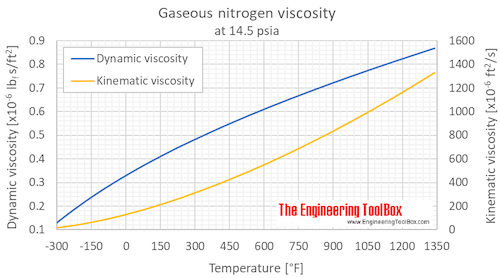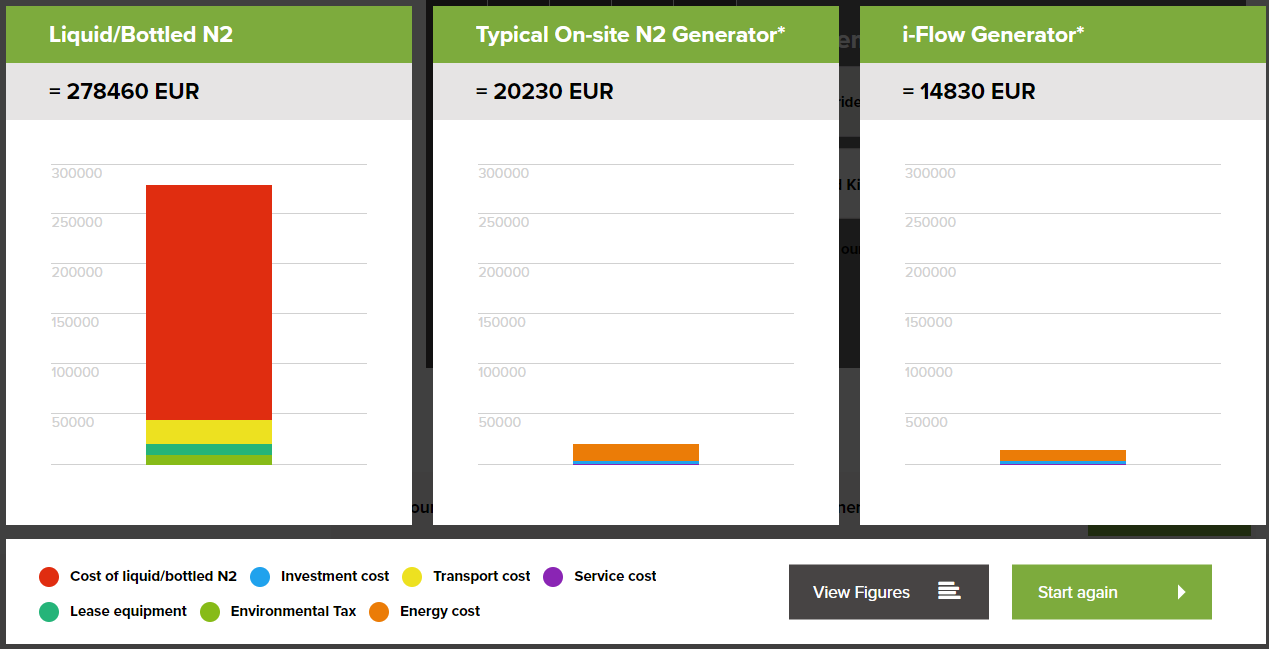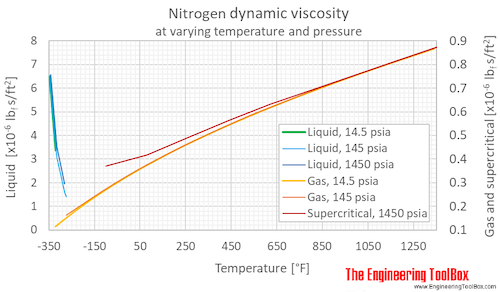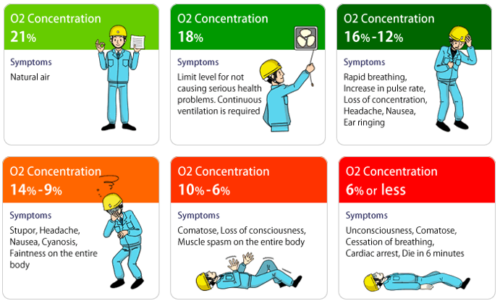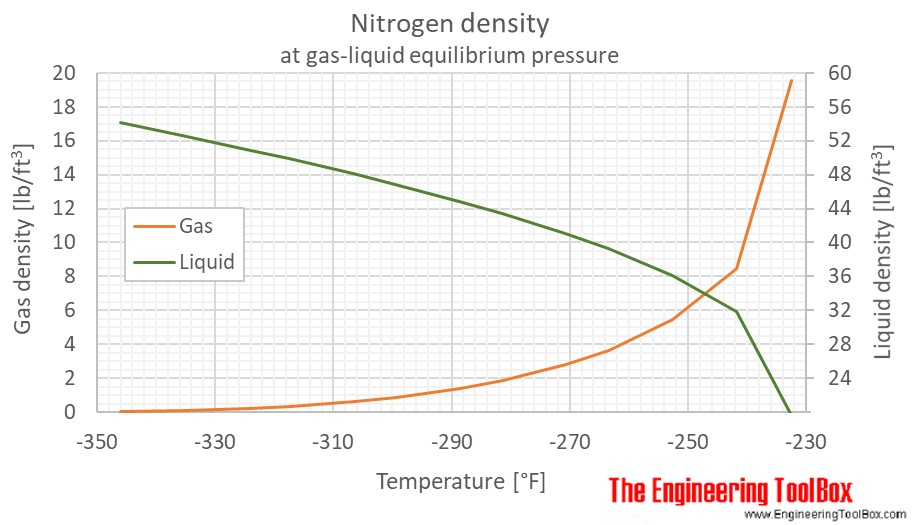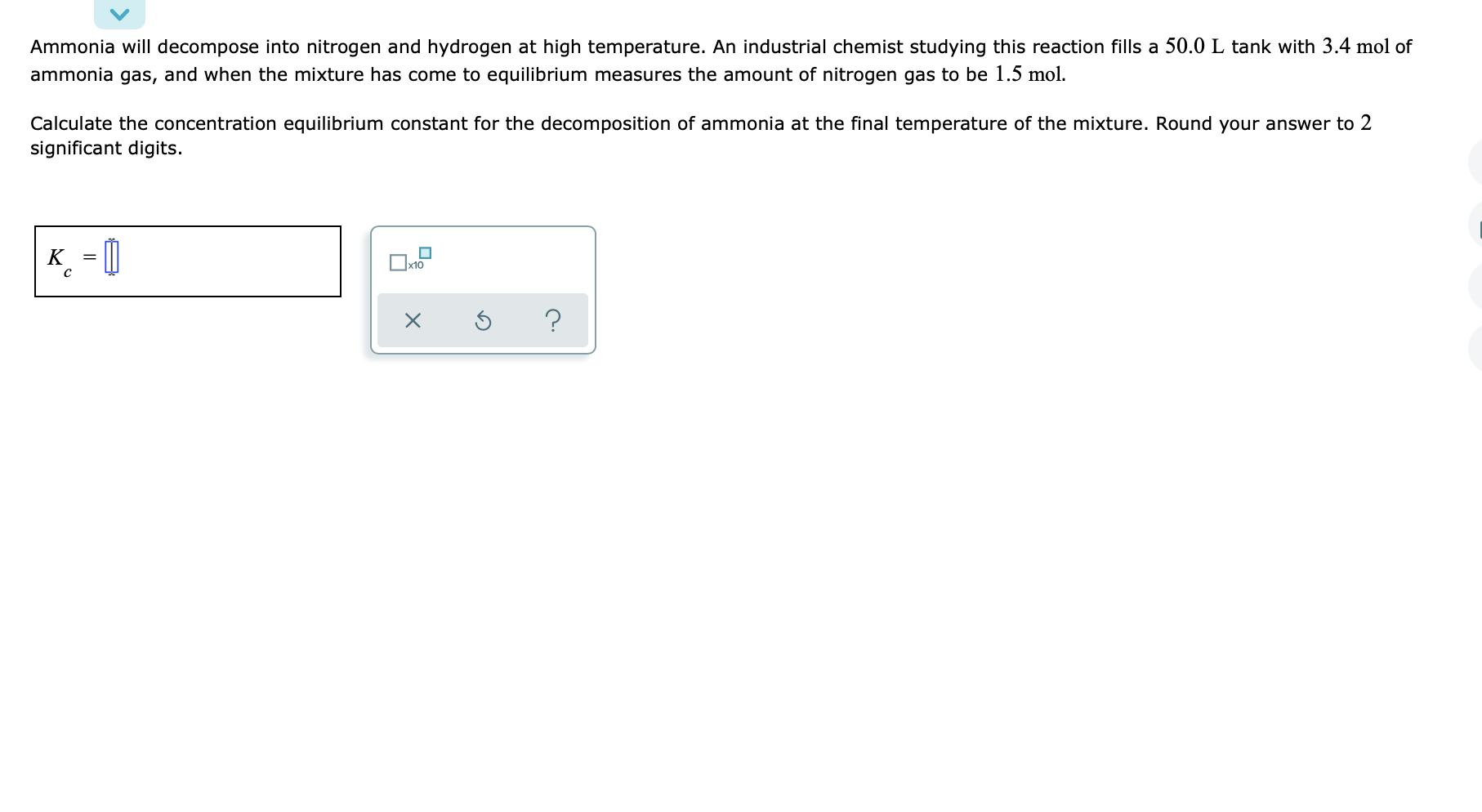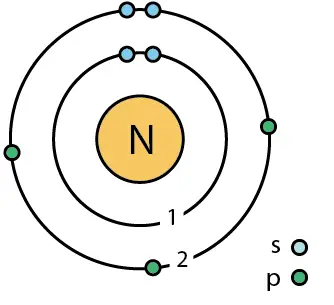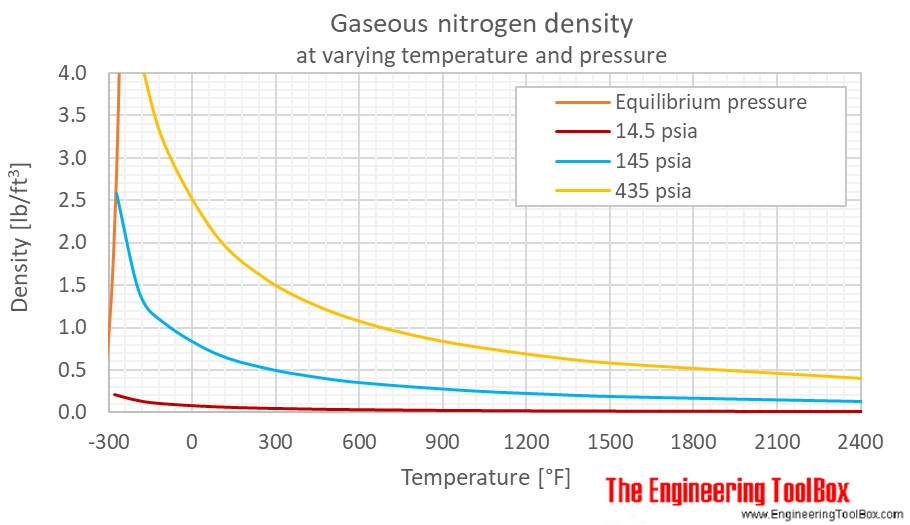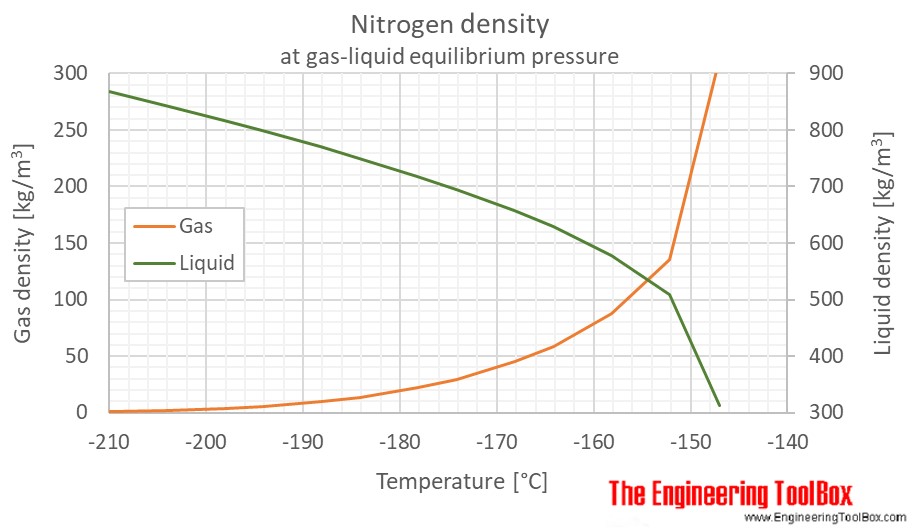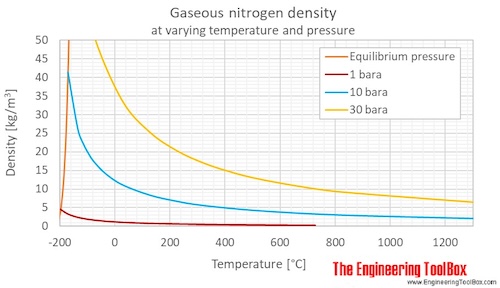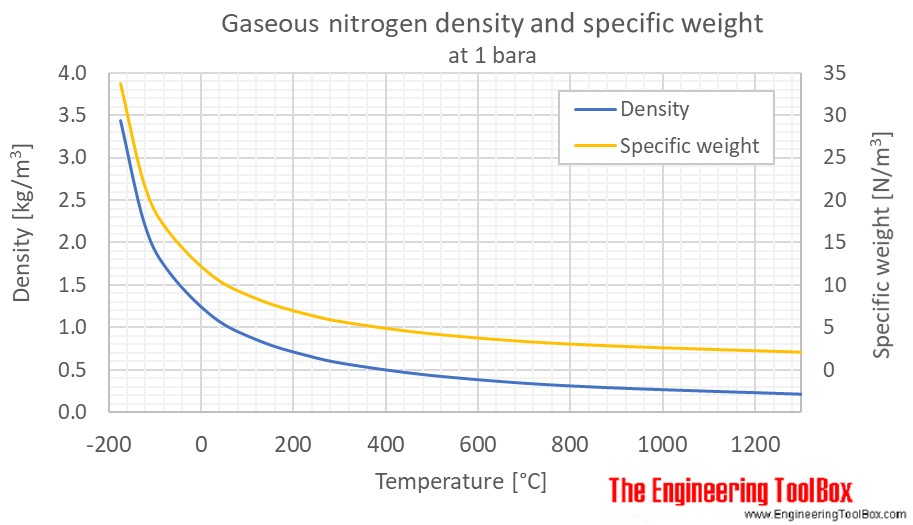![Nitrogen gas is filled in a container of volume 2.32L at 32^oC and at 4.7 atm pressure. Calculate the number of moles of gas.[Write up to 3 decimal places] Nitrogen gas is filled in a container of volume 2.32L at 32^oC and at 4.7 atm pressure. Calculate the number of moles of gas.[Write up to 3 decimal places]](https://dwes9vv9u0550.cloudfront.net/images/4730475/db9edf02-73d5-4fdb-b5b6-bd216403235a.jpg)
Nitrogen gas is filled in a container of volume 2.32L at 32^oC and at 4.7 atm pressure. Calculate the number of moles of gas.[Write up to 3 decimal places]

Calculate the mass of `3.011 xx 10^(24)` molecules of nitrogen gas `(N_(2))`. (Atomic mass : `N = 14 - YouTube

Nitrogen reacts with hydrogen to give ammonia. Calculate the volume of the ammonia gas formed when nitrogen reacts with 6 litres of hydrogen. All volumes measured at S.T.P.




